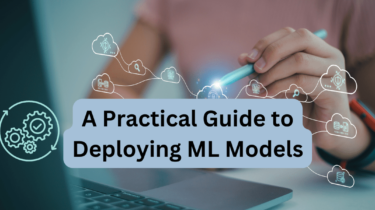A Practical Guide to Deploying Machine Learning Models
Image by AuthorA Practical Guide to Deploying Machine Learning Models As a data scientist, you probably know how to build machine learning models. But it’s only when you deploy the model that you get a useful machine learning solution. And if you’re looking to learn more about deploying machine learning models, this guide is for you. The steps involved in building and deploying ML models can typically be summed up like so: building the model, creating an API to serve […]
Read more



